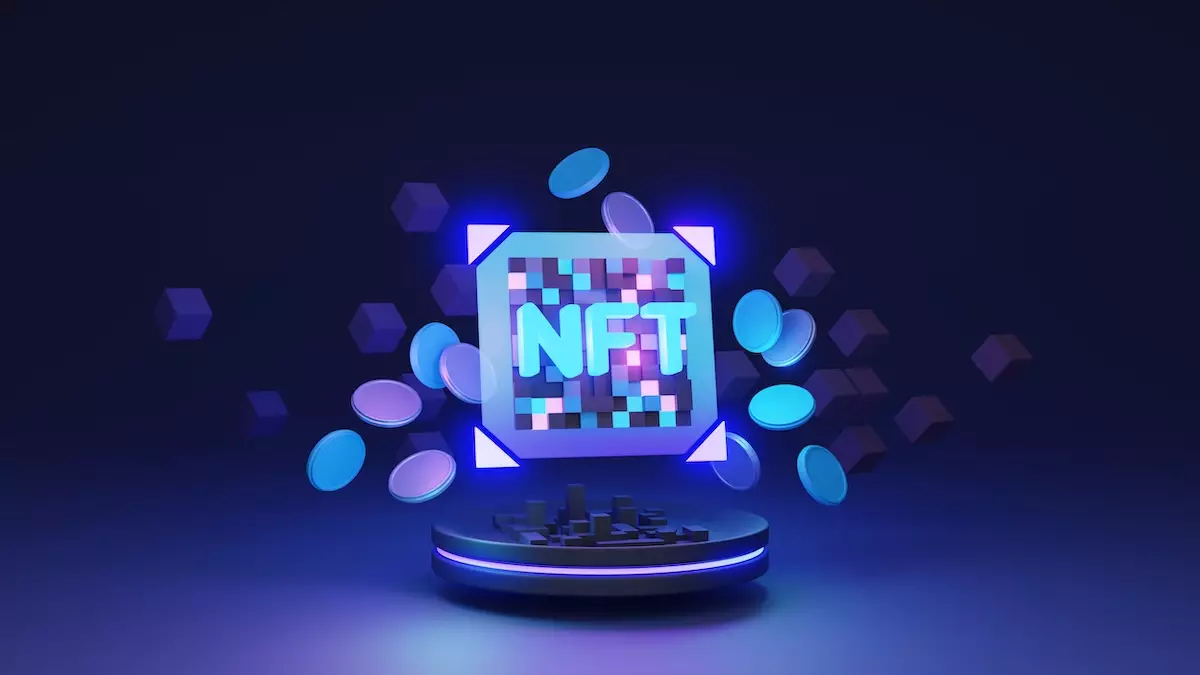NFTs, or Non-Fungible Tokens, have witnessed a meteoric rise over recent years, transforming from a niche aspect of blockchain technology into a thriving marketplace for various digital assets. The vibrant arena for digital art, collectibles, and virtual real estate has captured the attention of creators, investors, and institutions alike. However, as the market fluctuates wildly, the need for insightful forecasting becomes paramount. This article delves into the potential of predictive analytics and artificial intelligence (AI) in predicting NFT valuations and guiding stakeholders through this dynamic landscape.
Predictive analytics encompasses a range of statistical techniques that leverage historical data to identify trends and forecast future outcomes. At its core, it involves collecting vast amounts of data and using algorithms to derive meaningful insights. When applied to NFTs, the approach requires meticulous data compilation, including transaction history, social media discourse, and general market sentiment.
Despite its promising capabilities, predictive analytics is not without limitations. The complexities of human behavior coupled with the unpredictable nature of the NFT market can render some analyses ineffective. Significant price shifts might occur suddenly due to unforeseen events—like a celebrity endorsement or viral content—that standard data models may not capture.
The analysis of collectible digital art through predictive modeling requires a multifaceted approach. The data collected can be categorized into several critical components. Firstly, transaction records provide insight into price trends and buyer behavior, while social media activity can indicate emerging interests and community dynamics.
Additionally, the rarity of an NFT, often quantified using various metrics, can significantly influence its market value. Sentiment analysis tools can sift through social media conversations, highlighting the prevailing mood around different NFT projects. However, establishing a clear causality can be tricky; correlation does not inherently imply that one factor drives another, which is a common pitfall in predictive analysis.
The ascending popularity of NFTs has permeated various sectors, attracting investors from disparate fields, including venture capitalists and major corporations. AI tools have emerged as powerful allies, capable of processing immense volumes of data to detect trends that would typically go unnoticed. For instance, machine learning algorithms can analyze historical price fluctuations and social interactions to create predictive models.
However, the effectiveness of these AI systems hinges on the quality and depth of the data provided. Inconsistency among different NFT marketplaces poses a considerable challenge since each platform may maintain varying standards for data presentation. Analysts need to synthesize information from multiple sources to achieve reliable predictions.
Beyond the immediate factors pertinent to NFTs, broader market dynamics also play a pivotal role in their valuation. For instance, fluctuations in cryptocurrency markets like Ethereum and Solana impact NFT transaction activity. High transaction costs, or “gas fees,” can deter potential buyers, while favorable trends in major cryptocurrencies might invigorate NFT interest.
AI methodologies like time-series analysis—used primarily to forecast trends over time—are well-suited for assessing market cycles but may encounter difficulties in swiftly reacting to abrupt influences from social media. Furthermore, models such as regression analysis can factor in multidimensional inputs; however, their success largely depends on the comprehensiveness and reliability of the underlying data.
As the NFT space matures, we may witness a progression from speculative investments to utility-driven assets—such as gaming items and membership tokens. The integration of AI in this nascent market can facilitate advanced data modeling, providing stakeholders with insights that are tailored for long-term viability rather than short-term hype.
Experts anticipate that institutional investors will increasingly capitalize on sophisticated NFT analytics, applying established methods from traditional finance to inform their strategies. This could lead to the establishment of more standardized practices within NFT marketplaces, resulting in heightened legitimacy and reliability of predictive analytics.
While predictive analytics and AI undoubtedly hold immense potential in easing decision-making for artists and investors alike, it’s crucial to acknowledge their inherent limitations. The NFT landscape thrives on creativity, community spirit, and innovative trends that cannot be entirely captured by numerical analyses alone. Thus, fostering a synergistic relationship between human intuition and AI insights can pave the way for more informed strategies in navigating this exciting yet volatile environment.
As the NFT market evolves and matures, incorporating a diverse array of analytical tools will undoubtedly enhance the understanding of this unique sector. Awareness of both the strengths and weaknesses of predictive analytics will position creators and investors to succeed in a continuously shifting landscape.















Leave a Reply